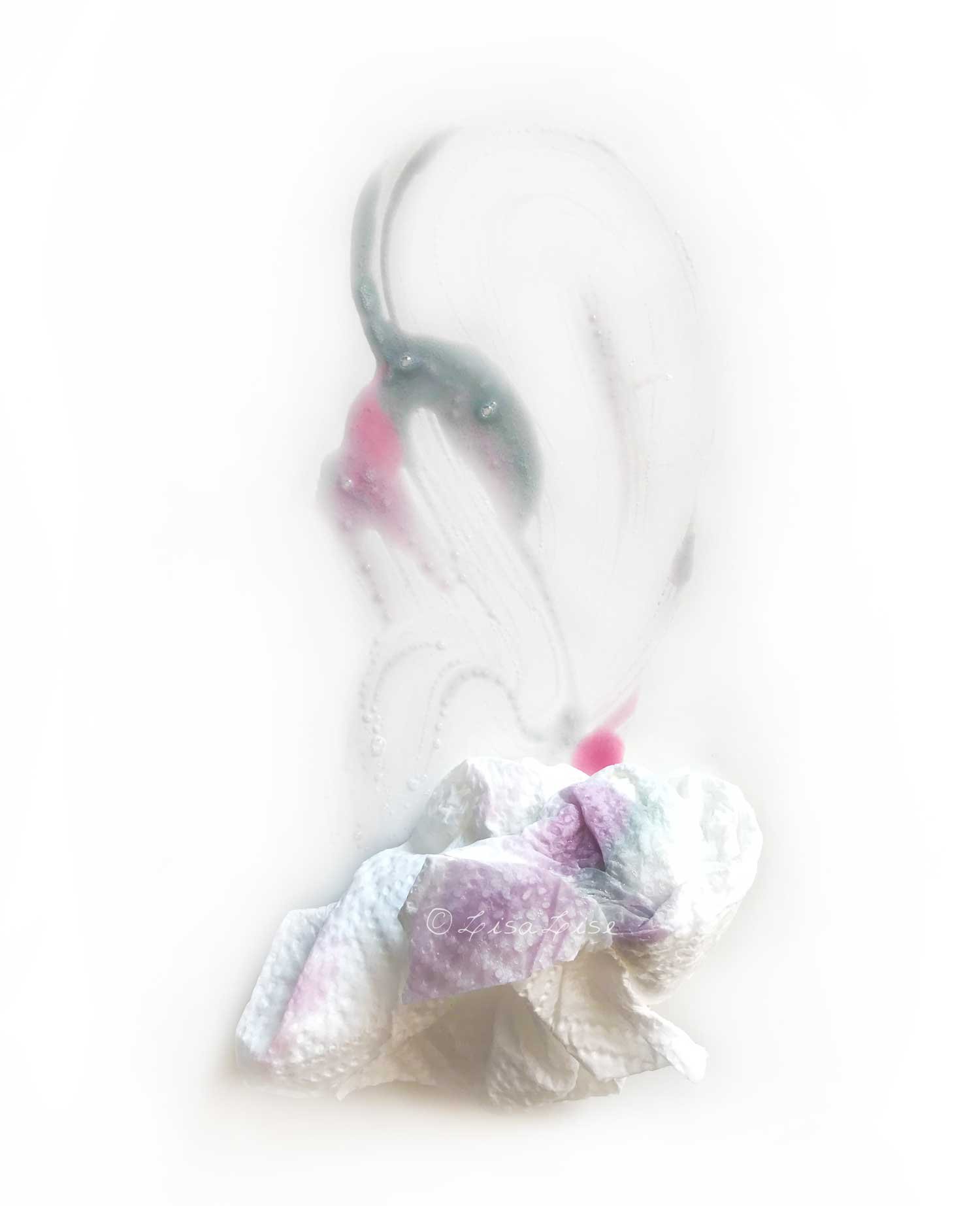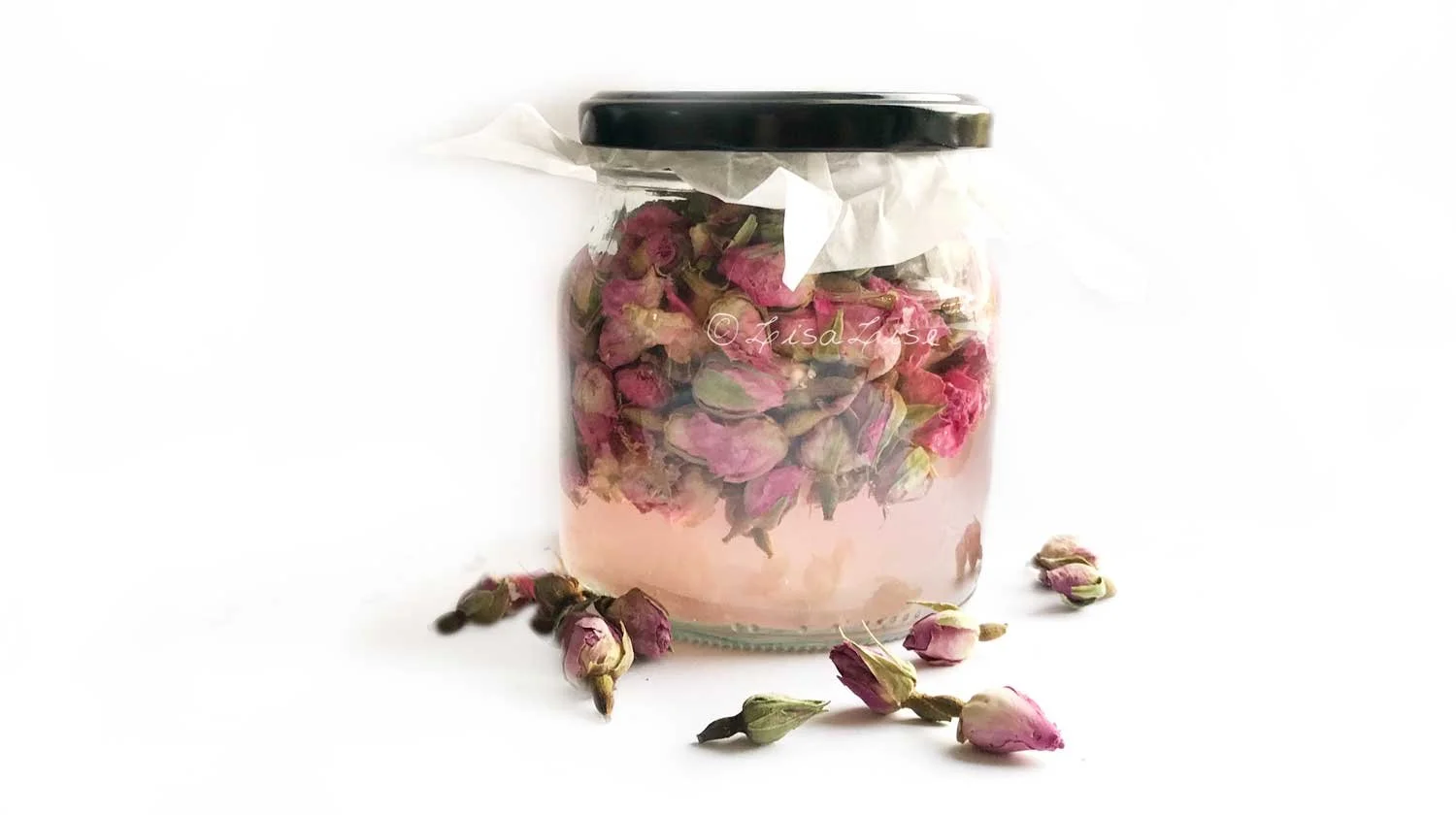Self Taught Cosmetics Formulation
Lise
I often get asked where I learned how to make cosmetics. I didn't attend a school or take any courses, but started by working my own way through hard-copy books (you know, like they have at libraries) and playing around with ingredients in my kitchen. When the internet came along (opening up a floodgate of new possibilities), the research got easier. After some years, my 'kitchen lab' was replaced by a separate room in my home.
In short, I am entirely self taught.
A Long and Winding Road
My path of self education has been a bit of a long and winding road and I am quite humbled and grateful that it has brought me to where I am today.
Although I had already dabbled in making some basic products for myself when I was much younger, it was many years later that my (ridiculously) sensitive skin and aversion to perfume finally prompted me to try and tackle these issues once and for all.
My definition of ridiculously sensitive: it was almost impossible to find any commercial products that didn’t bother me one way or the other. I would either end up itching, sneezing, slightly nauseous, rashy, or something else equally uncomfortable. Sometimes it was from applying a product, but sometimes it took nothing more than a trip to a beauty department to cause a reaction.
How does one find the source?
Studying ingredients labels was a good part of my detective work, and although it was educational, understanding how to pinpoint ‘culprit’ ingredients from doing label research is not an easy task.
It became increasingly clear there were 2 choices available to me: keep studying labels and searching the market to find ‘my perfect products’ or learn how to make them myself.
The choice was a no brainer.
I'll Just Do it Myself, Thank You
With a defined goal, I bought some basic ingredients and the notebook that became my first formulating journal. I chose to use plant based and natural ingredients for the simple reason that herbs and botanicals and ‘going the natural route’ resonated with me.
Understanding the ingredients was crucial to creating products my skin could benefit from. At the same time, I knew full well that I didn't have the patience to research EVERYTHING before getting busy making, so I decided to both make and research simultaneously. It was both empowering and liberating to ‘allow myself’ to do both at the same time.
The first ingredients I worked with were plant butters (cocoa and shea), basic carrier oils (almond, apricot kernel, sunflower), hydrosols (rosewater, orange blossom hydrosol), clays, and beeswax.
It goes without saying there were numerous fails but these were happily outnumbered by successes. It might have been beginners luck, but I like to think it was in large part due to my 'go-slow-and-be-sure-with-your-head-before-you-use-your-hands' approach.
Every product I made was unscented, having only the natural fragrance of the included ingredients. No perfume or added scent was allowed in my cosmetics. And they worked beautifully on my skin.
But at one point, the fragrance part changed.
Essential Oils: The Turning Point
I clearly remember experiencing essential oils for the first time. It was in a small shop with 'everything for natural health and beauty'. The little tester bottles on display looked intriguing.
The first one I sniffed was rosemary. It was lovely! I tried a few more - lavender, lemon, palma rosa, orange, they were exquisite! The best part: no irritation, headache or shortness of breath.
It began to dawn on me right then that it was probably not perfume, but synthetic perfume that bothered me.
Essential oils suddenly had my full and undivided attention.
In my excitement over my new discovery, I made the classic newbie mistake of buying far more essential oils than I could possibly use within date of expiration, but that led to even more happy discoveries.
Discovering that these precious drops were not merely plant fragrances, but also powerful actives was the beginning of a long and tumultuous love affair that has (admittedly) presented me with delights as well as frustrations.
Working with essential oils is an art and science (and at times, a bucket of worms!).
And when you have finally created the perfect blend, incorporating it into a product without compromising any of the other ingredients or product stability has produced a full range of reactions in my modest lab: from squeals of delight to stamping the floor in frustration.
I’m still learning, and don't expect that will ever stop.
Using Botanicals More Ways
While essential oils are undeniably powerful concentrates, they cannot not include every plant constituent due to the production process. To broaden the plant power (and follow yet another fascinating path), I began incorporating whole botanicals and herbs (as well as foods) into my products.
This grew into a passion for understanding more about the therapeutic uses of botanicals and to capture ‘more plant magic’ in extracts. Macerations, infusions, tinctures, and glycerites have all become an integrated part of my formulation process as a result.
My most recent addition to this is distilling hydrosols (I have only been at it a couple of years so am but a mere newbie).
On my to-do list is learning more about seaweeds (via a course from my lovely colleague Vivienne Campbell).
Marrying Different Fields of Expertise
So what does one do with a passion for ‘just about everything plants’ and formulating? My constant goal is to combine all of these things optimally into every product I make. And that, as you might guess, is a bit of a challenge.
In order to marry cosmetic formulation with essential oil blending and herbalism, it is absolutely necessary to respect the art and science of each field equally. And when you can do that, the real magic starts happening. Sometimes, ingredients that may not initially want to play nice together can become best friends in a stunning and truly unique and powerful product.
Teaching Natural Cosmetic Formulation
A few years ago, when Robert and Hana Tisserand asked me to create formulation courses for Tisserand Institute, I silently rejoiced over all the pitfalls I have stepped into and batch fails I have learned from over the years. Collectively, they have provided me with the knowledge and experience to point my students in the direction of successful results while (hopefully) passing on my ongoing passion for the learning process.
This is how I teach others to formulate - as a journey of discovery with endless possibilities - because that’s exactly what it is.
Thanks for reading.
Pictured at the top: a bit of pH color fun while experimenting with naturally colored botanical ingredients and surfactants. And if you think this looks like I stopped to take a picture while cleaning up, you would be absolutely correct.
Below: a few of my ebooks










